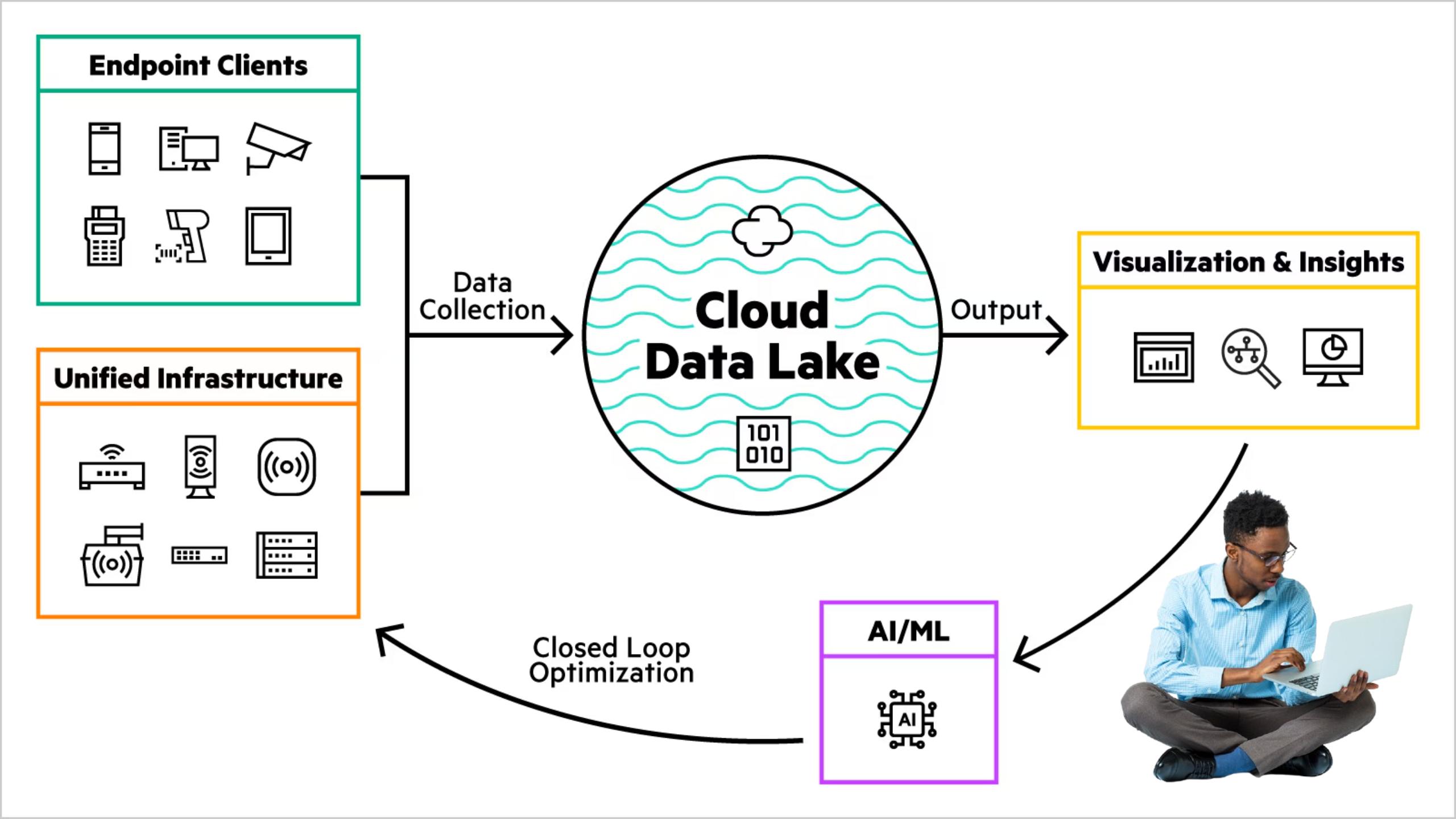Large Language Models (LLMs) have become one of the most transformative technologies in the field of artificial intelligence (AI). These advanced machine learning models, designed to process and generate human-like text, are reshaping industries, enhancing user experiences, and enabling innovations that were once considered far-fetched. In this blog, we will delve into the working principles behind LLMs, their applications, and their impact on various sectors, from healthcare to entertainment.
What are Large Language Models?
At their core, Large Language Models are a type of neural network designed to understand, generate, and manipulate human language. Built on architectures such as the Transformer, LLMs are trained on vast amounts of textual data sourced from books, websites, articles, and other written content. The goal is to help these models learn patterns, grammar, context, and nuances of language, enabling them to perform a wide range of natural language processing (NLP) tasks, such as text generation, translation, summarization, question-answering, and sentiment analysis.
The most well-known LLMs today, such as OpenAI’s GPT series (Generative Pre-trained Transformers), Google’s BERT (Bidirectional Encoder Representations from Transformers), and Meta’s LLaMA (Large Language Model Meta AI), are trained on billions, if not trillions, of parameters. These parameters represent the model’s internal knowledge and understanding, allowing it to generate text that closely mimics human conversation and writing styles.
How Do LLMs Work?
LLMs are built on the foundation of deep learning, using large neural networks that are particularly adept at processing sequential data. The Transformer architecture, which underpins most modern LLMs, is designed to manage and learn from long-range dependencies in text. This means LLMs can understand not just individual words, but the context in which they appear, enabling them to generate coherent and contextually relevant responses.
During training, LLMs are exposed to vast amounts of text data, where they learn the statistical relationships between words and phrases. The models are then fine-tuned through supervised learning or reinforcement learning to improve their accuracy in specific tasks. The resulting model can predict the next word in a sequence, generate new sentences, or even engage in dialogue with users in a natural-sounding way.
Key Applications of Large Language Models
LLMs are revolutionizing industries by automating tasks, improving customer interactions, and enabling new kinds of digital experiences. Some of the key applications include:
- Customer Support: LLMs are widely used in chatbots and virtual assistants to provide instant, accurate responses to customer queries. These models can handle a wide range of inquiries, from simple FAQs to more complex troubleshooting tasks, offering businesses a scalable solution for customer service.
- Content Creation: LLMs are increasingly being used by writers, marketers, and content creators to generate text for blogs, articles, social media posts, and even scripts. These models can assist with idea generation, improve writing efficiency, and even create high-quality content in a fraction of the time it would take a human writer.
- Healthcare: In the medical field, LLMs are being used to assist with tasks like clinical documentation, medical research, and even diagnostic support. By analyzing large datasets of medical literature and patient records, LLMs can help doctors stay up-to-date with the latest research and provide better-informed diagnoses.
- Translation and Multilingual Communication: LLMs like Google Translate have become powerful tools for breaking down language barriers. These models are capable of translating text and speech in real-time, helping businesses and individuals communicate across languages and cultures more easily.
- Sentiment Analysis: Businesses are increasingly leveraging LLMs to monitor social media, customer feedback, and reviews to gauge public sentiment. By analyzing the tone and context of text, LLMs can help companies understand consumer preferences, identify trends, and manage their brand reputation.
Ethical Considerations and Challenges
While LLMs offer tremendous potential, they also raise important ethical concerns. One of the primary challenges is ensuring that these models do not generate harmful or biased content. LLMs learn from the vast amount of data they are trained on, which may include biased, inaccurate, or harmful information. Therefore, it is crucial to implement safeguards, such as bias detection algorithms and content moderation, to mitigate the risks of reinforcing stereotypes or spreading misinformation.
Another concern is the environmental impact of training large models. The computational resources required to train LLMs are immense, and the energy consumption associated with this process has led to calls for more sustainable AI development practices. As LLMs continue to grow in size and complexity, addressing these environmental issues will become increasingly important.
The Future of Large Language Models
The future of LLMs is incredibly promising, with ongoing advancements in model architecture, training techniques, and application areas. Researchers are actively working on making LLMs more efficient, both in terms of their computational requirements and their ability to generalize across different languages and tasks. In addition, the integration of multimodal data—combining text with images, audio, and even video—could lead to more sophisticated models that can understand and interact with the world in more complex ways.
As these models continue to evolve, we can expect even greater integration of AI into our daily lives, transforming how we communicate, work, and solve problems. However, the responsible development and deployment of LLMs will remain a key focus, ensuring that their benefits are maximized while minimizing potential risks.
Conclusion
Large Language Models have ushered in a new era for artificial intelligence and natural language processing. With their ability to understand and generate human-like text, LLMs are driving significant advancements across multiple sectors, from healthcare to entertainment. While challenges related to ethics, bias, and environmental sustainability remain, the potential for LLMs to transform the way we interact with technology is immense. As we look ahead, it will be crucial to balance innovation with responsibility to ensure that the power of LLMs is harnessed for the greater good.























